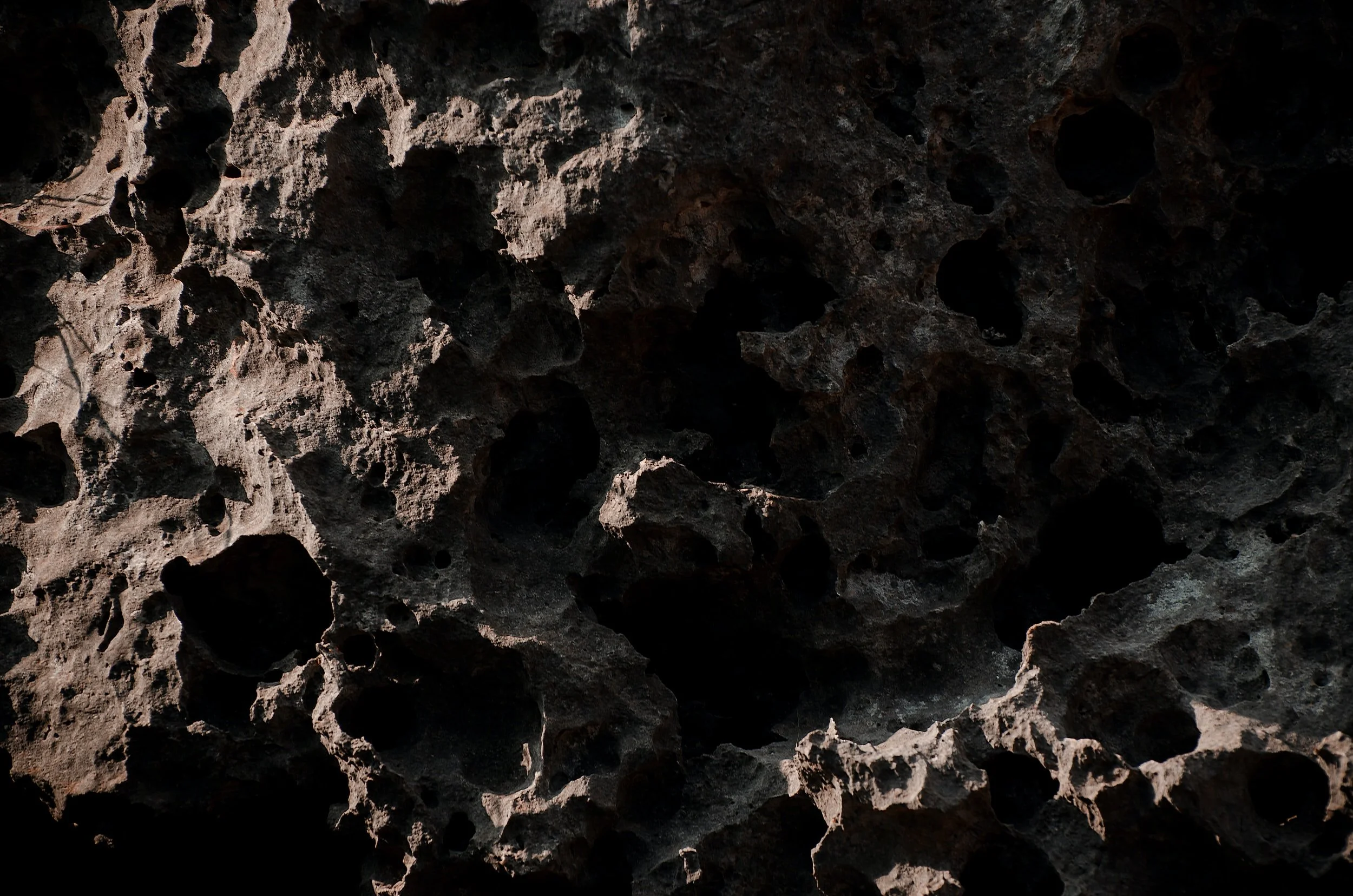Can Humans Live on Asteroids?
In a few years from now, humans could encounter interplanetary tourism or even reside in space! Astrophysicists at NASA have estimated the possible first crew mission to land on an asteroid. The research team was led by scientists at the Jet propulsion Laboratory in Pasadena. They further made a hypothesis regarding human life on an asteroid. The first mission is slated to commence around the year 2073.
In a public statement, they wrote, “The results thus far suggest the worlds of our solar system, throughout human history merely specs of light in the night sky, will soon be within our grasp. Our model suggests human landings on worlds beyond the moon and Mars may well be witnessed by many alive today.”
Last year, NASA launched a spacecraft into an asteroid. It was foreseen as a suicide mission that could be beneficial to mankind. An astrophysicist, Dr. Pekka Janhunen at the Finnish Meteorological Institute in Helsinki has mapped out a timeframe for humans to survive on the asteroid belt. In a published paper by Dr. Pekka, the astrophysicist elucidates that in the next 15 years, humans could be able to live on floating orbitals between Mars and Jupiter. According to the scientist, humans would be able to reside on floating “mega satellites” around the minimal planet Ceres. It is situated about 325 million miles from earth.
He points out that artificial gravity could be employed to replace zero gravity. This could lead to the growth of other terrestrial organisms on an asteroid. He also postulates that thousands of cylindrical structures will be able to accommodate almost 50,000 people. The floating “mega satellites” would be able to generate their gravity due to their magnetic powering. On Earth, mineral resources lie underneath the earth's crust. However, precious mineral resources can be seen hovering on the surface of asteroids. There is a vast array of gold and other metals on the surface of asteroids.
The asteroid belt is the major source of an asteroid. Though asteroids can be found in other regions of the solar system. The asteroid belt orbits the Sun between Mars and Jupiter. Asteroids exist in three forms in the solar system, metallic, stony, and carbonaceous. Their size varies from meters, and some weigh as much as a small house.
Some companies on earth are already investing in mining mineral resources on asteroids. Some scientists believe that mining on an asteroid is much more feasible than residing on an asteroid.
Challenges
One of the main challenges astrophysicists foresee over the development would be excessive radiation exposure. Radiations from Jupiter, the Sun, and cosmic rays could predispose a man to harmful respiratory tract diseases. The earth has several layers of coverings to protect humans. Asteroids, on the other hand, are devoid of atmospheric coverings. Another setback is the long-term exposure to zero gravity. Astronauts on the International Space Station exercise for a maximum of two hours daily, and most of them still end up with health problems.
References
● bbc.com
● interesting engineering.com







